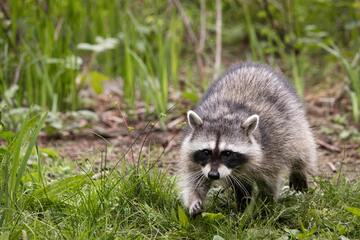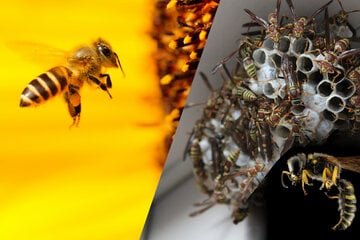Why do koalas have chlamydia and how did they get it?
Chlamydia has led to widespread blindness, infertility, and weakened immune systems across the koala population, and is one of many reasons behind the cuddly-looking animal's decline. Why do koalas have chlamydia, though?
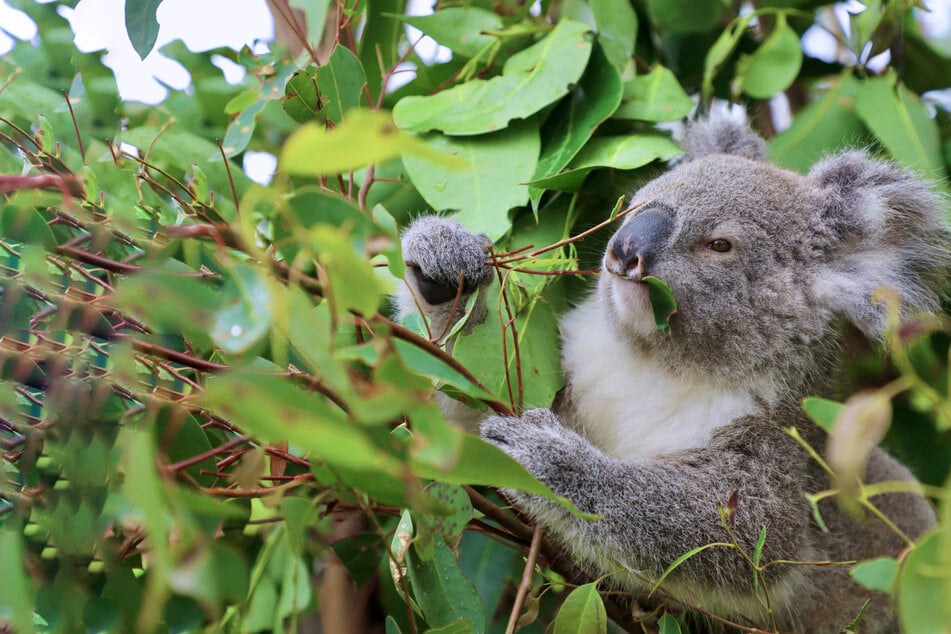
Did you know koalas have the sexually transmitted disease (STD) chlamydia?
Koalas are in deep, deep trouble, and chlamydia is largely to blame.
It might sound strange, but believe it or not, this relatively common human STD is decimating koala populations and leading to widespread infertility.
What's behind this issue, though, and how can we solve the problem?
Why do koalas have chlamydia, and how did they get it in the first place? TAG24 takes a look at why these little animals are in so much trouble, and the role that this unexpected STD is playing in their demise.
Why do koalas have chlamydia?
Chlamydia is an extremely contagious sexually transmitted disease that, as in humans, gets transferred from koala to koala via sexual activity. It is not only sex that is causing the rapid spreading of this disease, though, as baby koalas can catch chlamydia from their mothers when they are in the womb or during infancy.
What's particularly shocking, though, is that a 2018 study published in the Journal of Applied Ecology has suggested that the disease has about an 18% mortality rate among koalas. With that being about one in five, and some populations reaching infection rates of 100%, that could cause the death knell for almost 20% of koalas across Australia.
How did koalas get chlamydia?
It's widely believed that koalas were originally infected with chlamydia by livestock in the late 1780s, when Australia was colonized by the British. Livestock animals such as sheep and cows, that are not native to Australia, introduced a variety of pathogens that have wreaked environmental catastrophe upon the continent's unique ecosystems for more than two hundred years.
There is a high level of genetic diversity between the variants discovered, but luckily for these fluffy fellows, our increasing understanding of chlamydia pecorum (the particular livestock breed of the disease) is making it easier to recognize and treat infected koalas.
Do all koalas have chlamydia?
According to the University of Sydney, infection rates in some koala populations have reached as high as 100%. This is a shocking discovery not just because of the aforementioned fatality rates, but because chlamydia makes most koalas infertile, leading to generational collapse.
With that in mind, not every single koala has chlamydia, and there are even a number of completely chlamydia-free populations. These tiny little communities are generally very small and often under threat from land clearing and natural disasters (which are worsening due to climate change).
To note: Chlamydia-free koala populations were recently discovered in the south-Sydney suburb of Woronora Heights. Sydney Water and the State Government of New South Wales, home to Sydney, had been planning development and construction in the area where these koalas live. Luckily, due to a recent change in government and local community activism, this is looking increasingly unlikely.
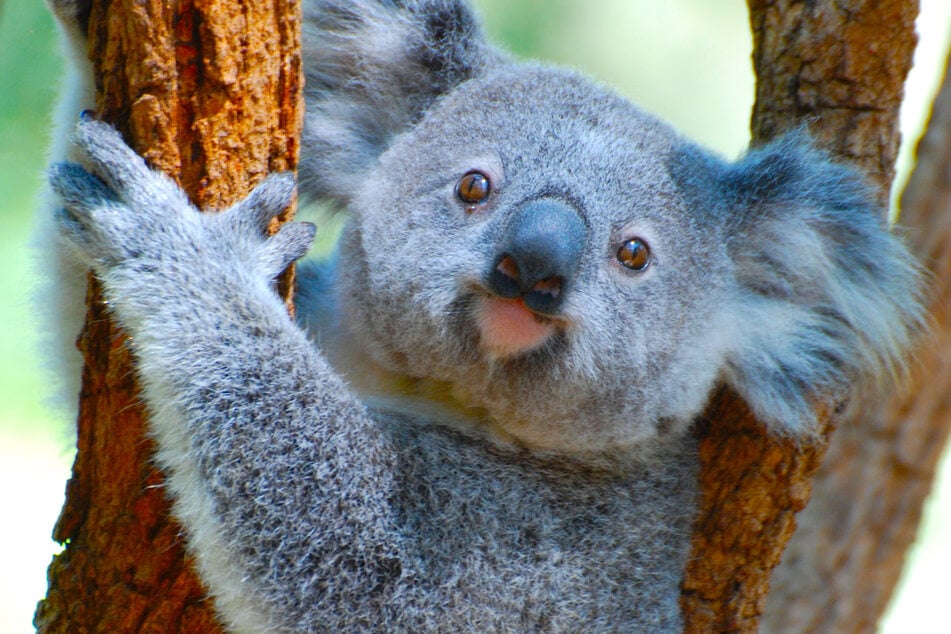
How many koalas have chlamydia?
This vicious STD is wreaking havoc in many populations, leaving some koala communities on the brink of extinction.
A 2021 paper published in Pathogens found that around 30% of all koalas may have contracted chlamydia, with barely any specific populations remaining totally free of the disease.
What does chlamydia do to koalas?
Koalas with chlamydia are set to suffer some pretty awful symptoms, and will often not survive such an infection. The signs of a koala with chlamydia are pretty upsetting because they are immensely obvious, and these fluffy little fellows certainly suffer significantly once they catch it.
Symptoms of chlamydia in koalas include the following:
Conjunctivitis causing blindness. Conjunctivitis is an extremely common (possibly the most common) symptom of chlamydia in koalas. In particularly nasty cases, their eyes will swell up and appear pink, releasing discharge. If a koala develops pink eye, they are at risk of going permanently blind.
Blindness causes a number of additional symptoms and behavioral changes:
- Increased fear in general
- Lessened fear from imposing threat, or humans, due to a lack of sight
- Inability to climb trees
- A habit of staying on the ground
- Slow movement
Reproductive system infections: The latter have been known to cause severe physical symptoms and, in far too many cases, complete and irreversible infertility. This inability to reproduce decimates koala populations on a generational level.
Urinary tract infections: These particular infections are not only painful, but sometimes cause a complete lack of control over their bladder. As a result, a noticeable brown patch on a koala's bum is often a pretty indicative sign that a koala has been infected with chlamydia.
Pneumonia and death: Symptoms similar to pneumonia are common in chlamydia-infected koalas who are suffering particularly badly. These symptoms often include feverish high temperatures, which is a common cause of death among chlamydia-infected koalas.
As you've probably gathered, due to koalas' struggle with chlamydia, it is a leading cause of death within their communities. It's often a slowly worsening and unpleasant disease, making it an even greater tragedy.
Can koalas give you chlamydia?
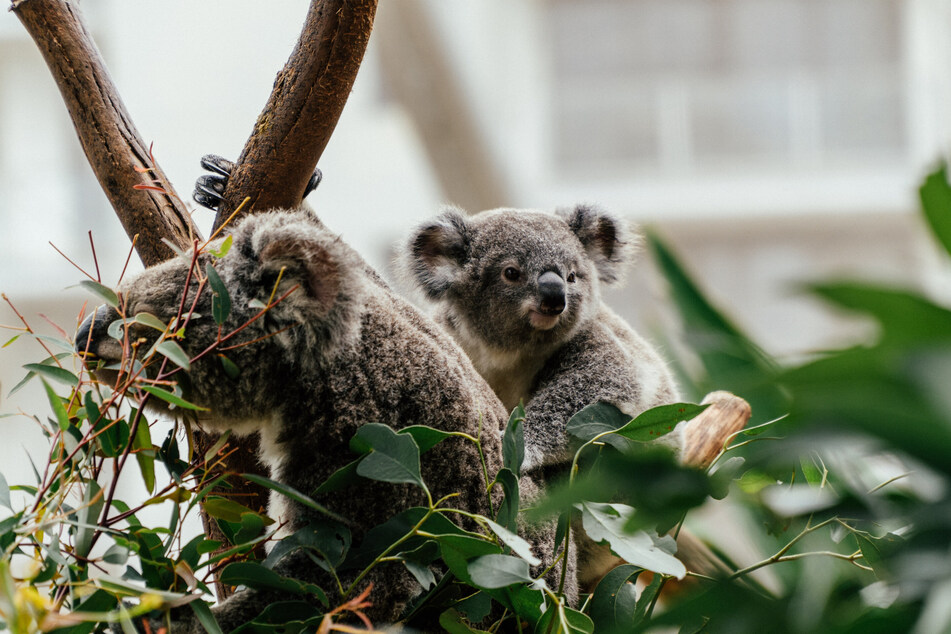
Neither of the two strains of chlamydia that have infected koala populations are transmissible to humans.
Of course, you can get a variety of diseases from koala bites and scratches, and wounds can get infected, but that doesn't mean that you need to worry too much about them.
Don't approach a koala in the wild. They are fearful and very unintelligent animals that can get a bit aggressive if they feel threatened.
Of course, if you are at a sanctuary with a qualified instructor, it may be safe. But if you see one out in the bush, look but don't touch!
Is chlamydia the only threat to koalas?
It's important to understand that chlamydia is not the full reason behind the descent of koalas from not-vulnerable to their endangered status over the course of the last decade. Mass deforestation in eastern Australia, as well as major bushfires and flooding linked to climate change, has played a large role as well.
Relevant evidence suggests that koalas are on course for extinction by 2050, almost entirely as a result of human factors, and chlamydia is largely to blame for this decline (and yes, the STD can be considered a "human factor").
It is up to the actions of government and humanity to avert this catastrophe.
Cover photo: Kerin Gedge / Unsplash


